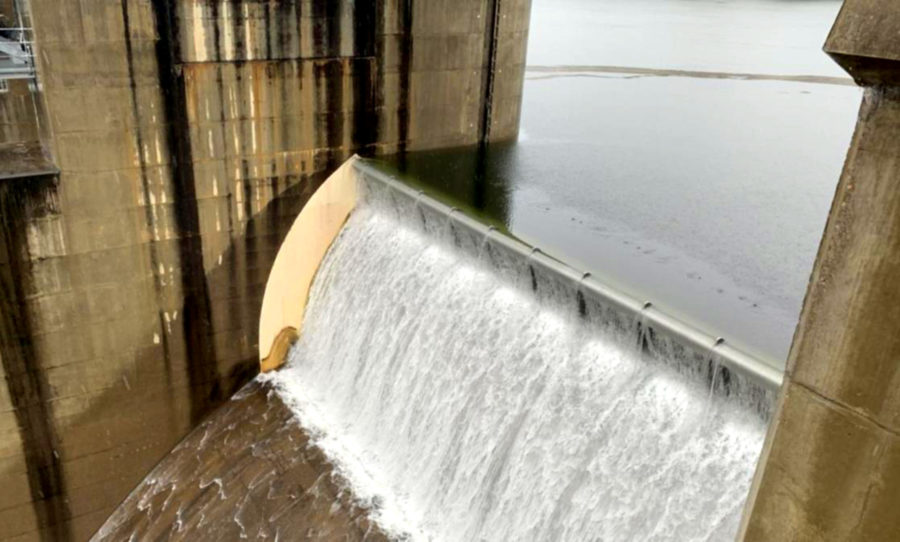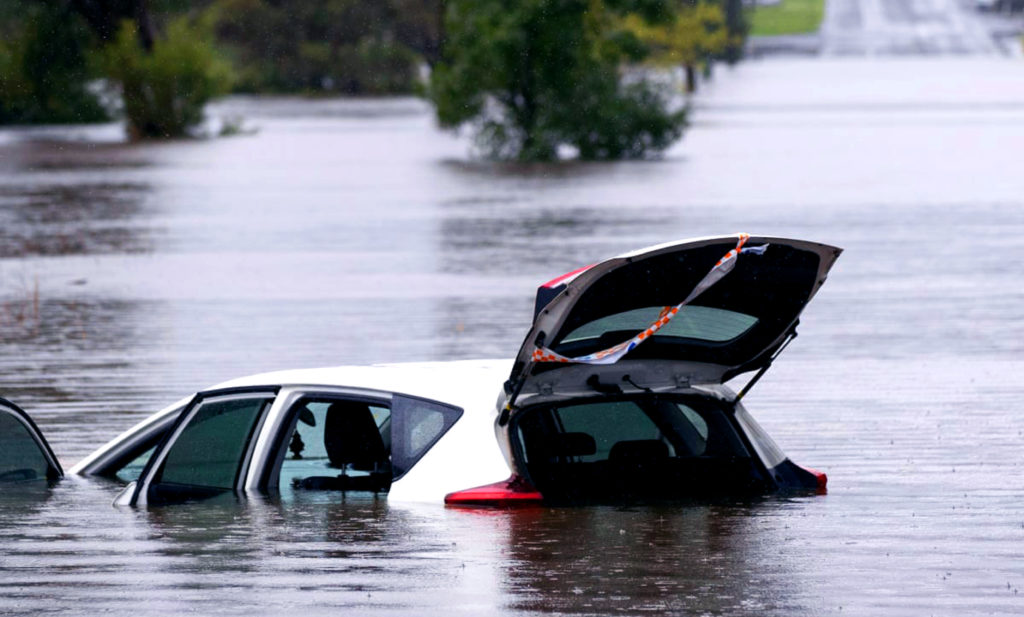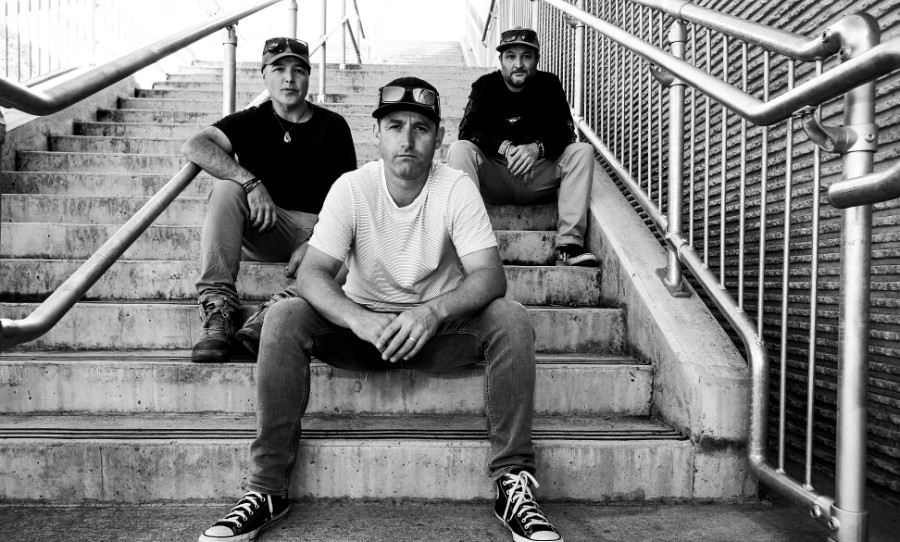With the east coast’s floods growing as the heavy rain continues to hit, widespread damage is expected across NSW and QLD.
It seems we can’t catch a break! Around this time last year, we had the severe Australian bushfires, the global pandemic kicked in, sprinkle a large dose of societal issues throughout the timeline, and now we have life-threatening floods across NSW.
Fears are mounting that thousands of homes could be destroyed, with the Warragamba Dam spilling water at a rate of 450 gigalitres daily. It’s been made apparent that this could actually increase.

The mid-north coast’s flooding has been deemed a one in 100-year event, and NSW’s State Emergency Service has already had 2,000 calls for assistance in the last 24-hours.
As the Warragamba dam currently supplies water to more than 3.7 million people, the overflow is a catastrophic scenario: especially since the current rate of 450 gigalitres per day “could increase as inflows to the dam storage continue to rise.“
Crews worked for 3 hours overnight to safely and slowly evacuate 5 adults and 4 kids after they found themselves isolated by moving floodwater. The silver lining was that everyone arrived to the evac centre in style – via our big red trucks. pic.twitter.com/6E5PptL7og
— Fire and Rescue NSW (@FRNSW) March 21, 2021
Water NSW’s modelling suggests approximately 75% of the dam’s capacity (1500GL) will flow into Warragamba in the coming days, which is just mental! According to the Insurance Council of Australia, the Hawkesbury-Nepean Valley – which is vulnerable to “rapid and deep flooding,” is the “highest single flood exposure in NSW, if not the nation.”
Deputy leader of the National Party of Australia, David Littleproud, said “there are now 34 local government areas which are able to receive the disaster recovery payment – that’s the $1,000 payment mentioned by the prime minister.”
While Major #Flooding is occurring in #Sydney‘s west it’s also important to be aware this is a large & widespread event. Western #NSW will see increased #rain from Monday & many areas will see more rain on Tuesday. Check regularly for updates https://t.co/sNdzpEYEQ1 @NSWSES pic.twitter.com/uEQpjjSlAc
— Bureau of Meteorology, New South Wales (@BOM_NSW) March 21, 2021
The Guardian also noted that significant flooding is to be expected along the Hawkesbury River in western Sydney today, “as well as the Macleay River at Kempsey and Smithtown, and the Hastings River. Meanwhile, on the Gold Coast, flood warnings are in place for low-lying areas.”
For live updates, see here.
For emergency help in floods, call NSW SES at any time on 132 500.
In a life-threatening emergency call 000 (triple zero).



